For The New Yorker, Jay Caspian Kang relates the election’s unwavering randomness to choices while gambling that probably don’t matter:
Forgive the jargon, but if you’re dealt an ace and a queen—a strong starting hand—in the big blind, and face a mid-position open, the best strategy, according to G.T.O. poker, is to three-bet x percentage of the time and just call the other times. What this means is that you can call or raise and both options are correct, as long as, over time, they’re in line with a rolling calculation of percentages. As a result, there’s a Zen to the modern poker strategy, which may be why I often watch these videos late at night when I can’t sleep. I especially appreciate the commentary of Phil Galfond, a personable former professional poker player, who now makes videos in which he says things like “In this spot, you can fold sometimes, call sometimes, and raise sometimes, and it’s probably fine.”
This is probably not the last gambling metaphor you’ll read this month.

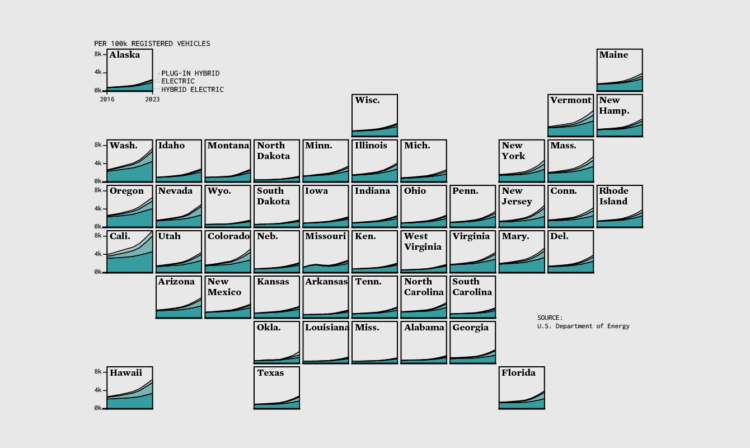
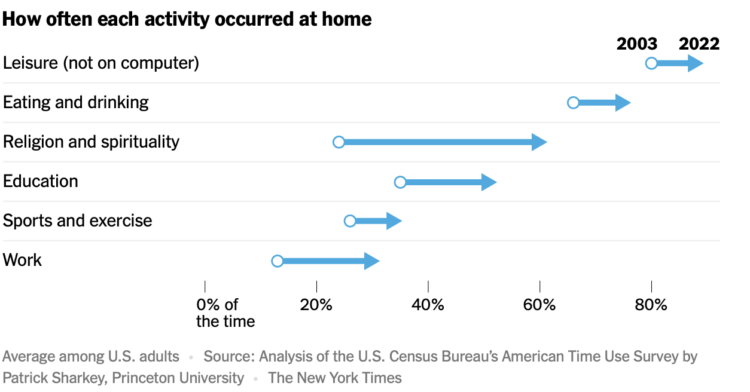

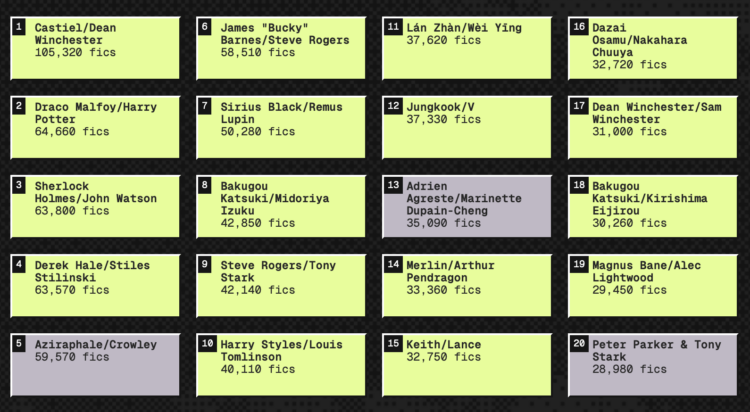
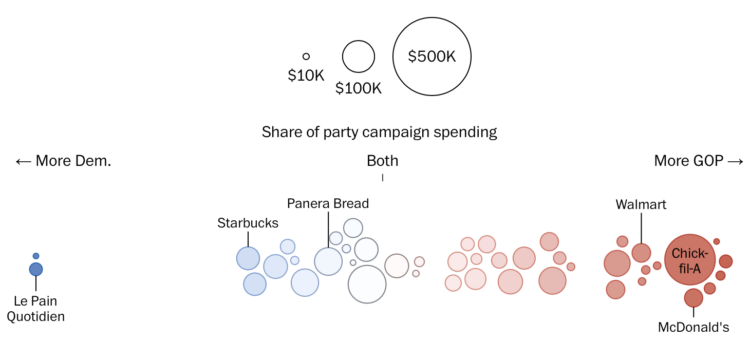
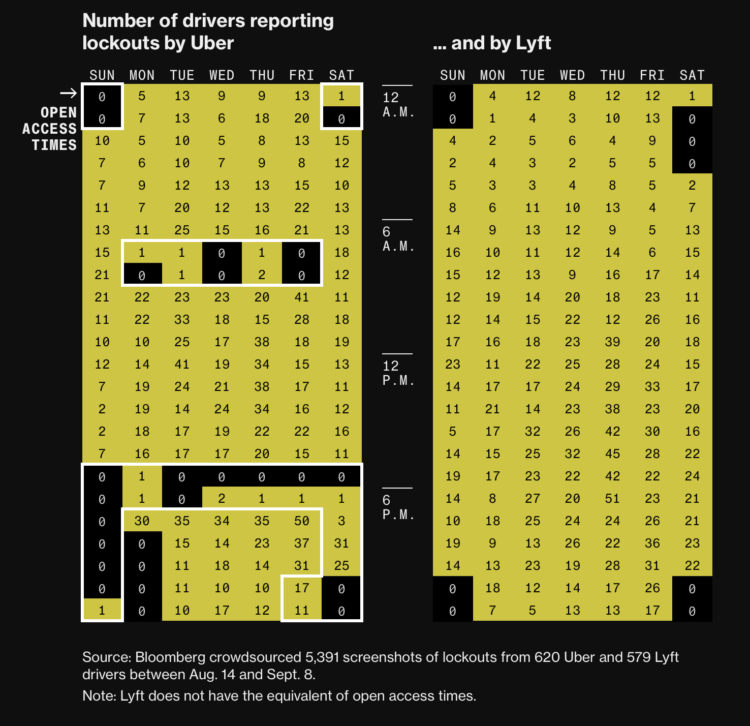

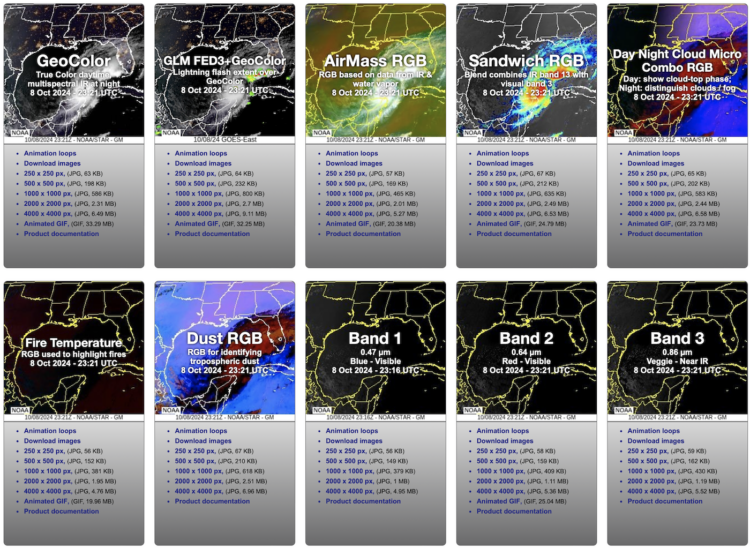
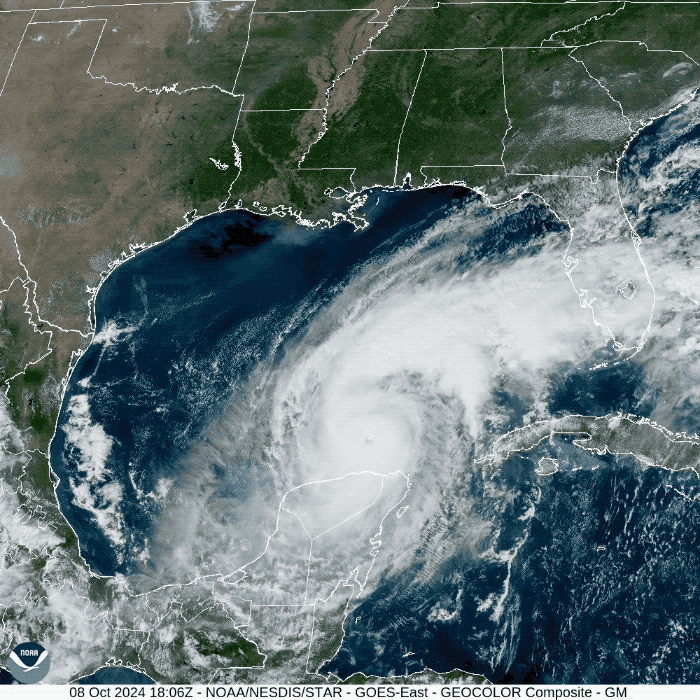
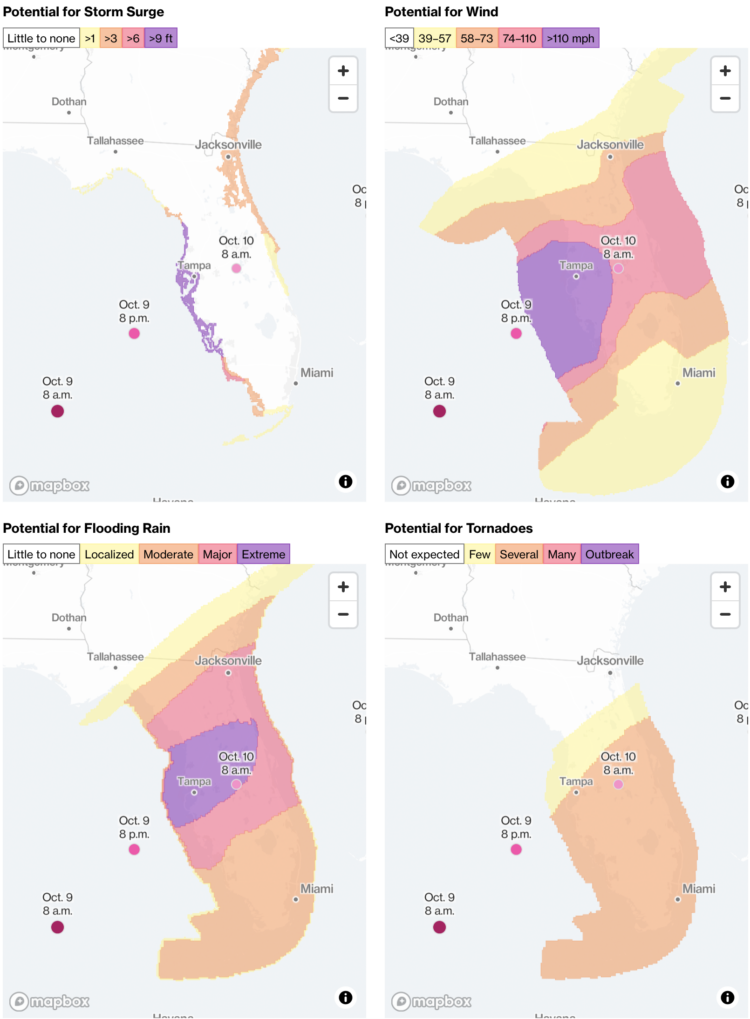


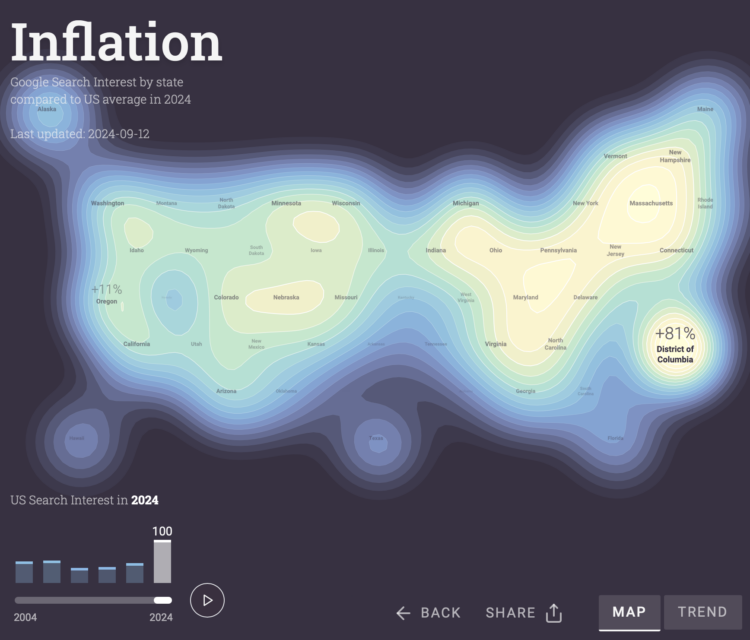

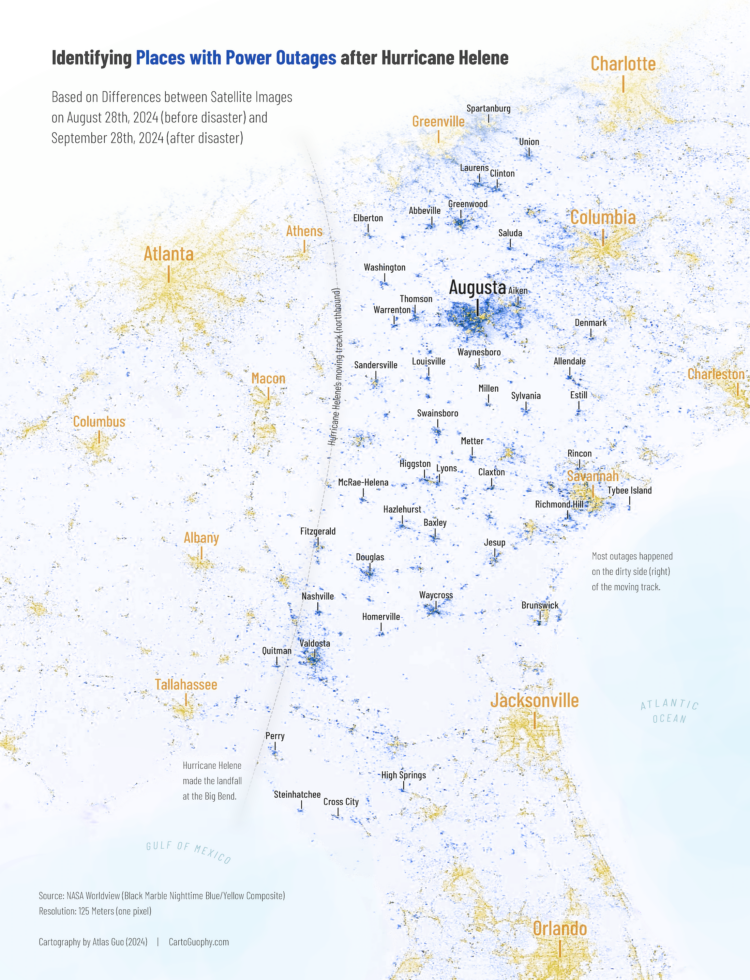
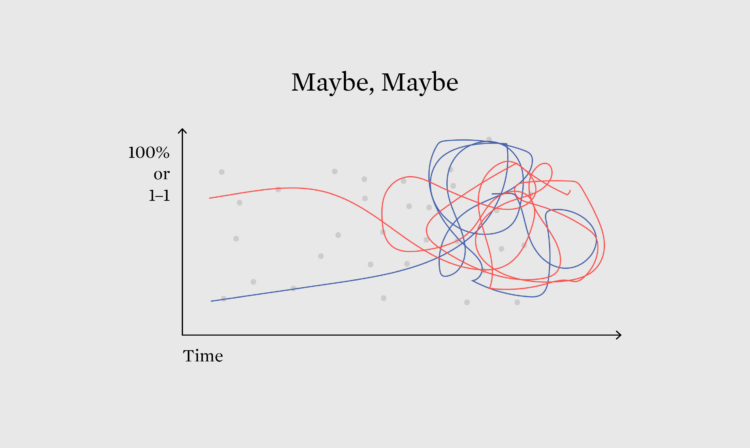
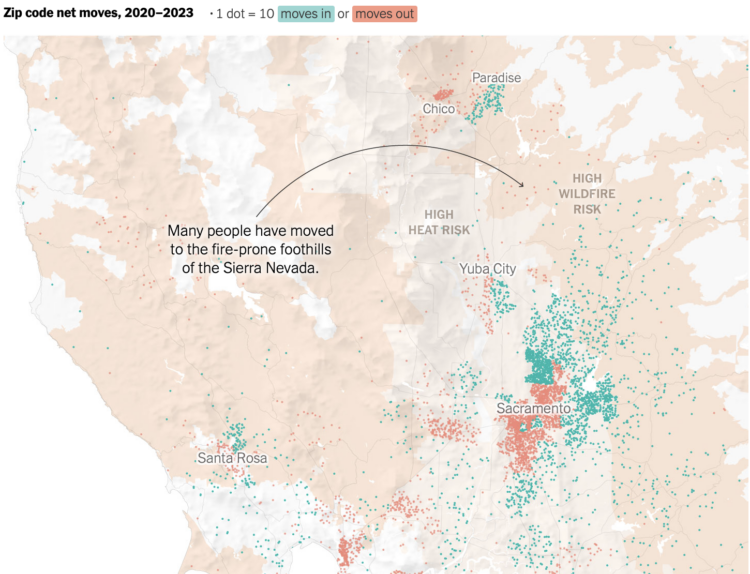
 Visualize This: The FlowingData Guide to Design, Visualization, and Statistics (2nd Edition)
Visualize This: The FlowingData Guide to Design, Visualization, and Statistics (2nd Edition)










